
February’s Topic of the Month – Coping with Headaches & Migraines
 March 02nd, 2018
March 02nd, 2018 Nakita Cambow
Nakita Cambow Blog
Blog 0 Comments
0 Comments
Headaches and migraines are common health conditions that can occur in a number of ways and can have a wide range of causes. People who have lupus have an increased chance of having headaches compared to the rest of the population, occurring in up to 72% of SLE patients. It is worth noting that in the vast majority of patients, headaches are not considered to be due to the lupus itself, but most likely have a separate cause.
What causes headaches and migraines in lupus?
There are many different types and causes of headache, so it is helpful to understand which you have in order to manage your symptoms effectively. The Migraine Trust has information about the various types of headaches which you can read HERE.
Most headaches will go away on their own and aren’t a sign of something more serious. The most common reasons for having a headache are:
 – Having a cold or the flu
– Having a cold or the flu
– Stress
– Drinking too much alcohol
– Bad posture
– Problems with eyesight
– Not eating regular meals
– Not drinking enough fluids (dehydration)
– Taking too many painkillers
– Menstruation or the menopause
The most common type of headaches seen in lupus patients are migraine headaches and tension headaches. It is also not uncommon for people who have lupus to have headaches as a result of fibromyalgia (around 1-in-5 people with lupus will have this as an overlapping condition).
Migraine
A migraine is usually a moderate or severe headache felt as a throbbing pain on one side of the head. Many people also have symptoms such as nausea, vomiting and increased sensitivity to light or sound. Some people have migraines frequently (up to several times a week) while other people only have a migraine occasionally. It’s possible for years to pass between migraine attacks. There are several types of migraine, including:
- Migraine with aura – where there are specific warning signs just before the migraine begins, such as seeing flashing lights.
- Migraine without aura – the most common type, where the migraine occurs without the specific warning signs.
- Migraine aura without headache, also known as silent migraine – where an aura or other migraine symptoms are experienced, but a headache doesn’t develop.
–
The exact cause of migraines is unknown, although they’re thought to be the result of temporary changes in the chemicals, nerves and blood vessels in the brain. Some people find migraine attacks are associated with certain triggers, which can include:
–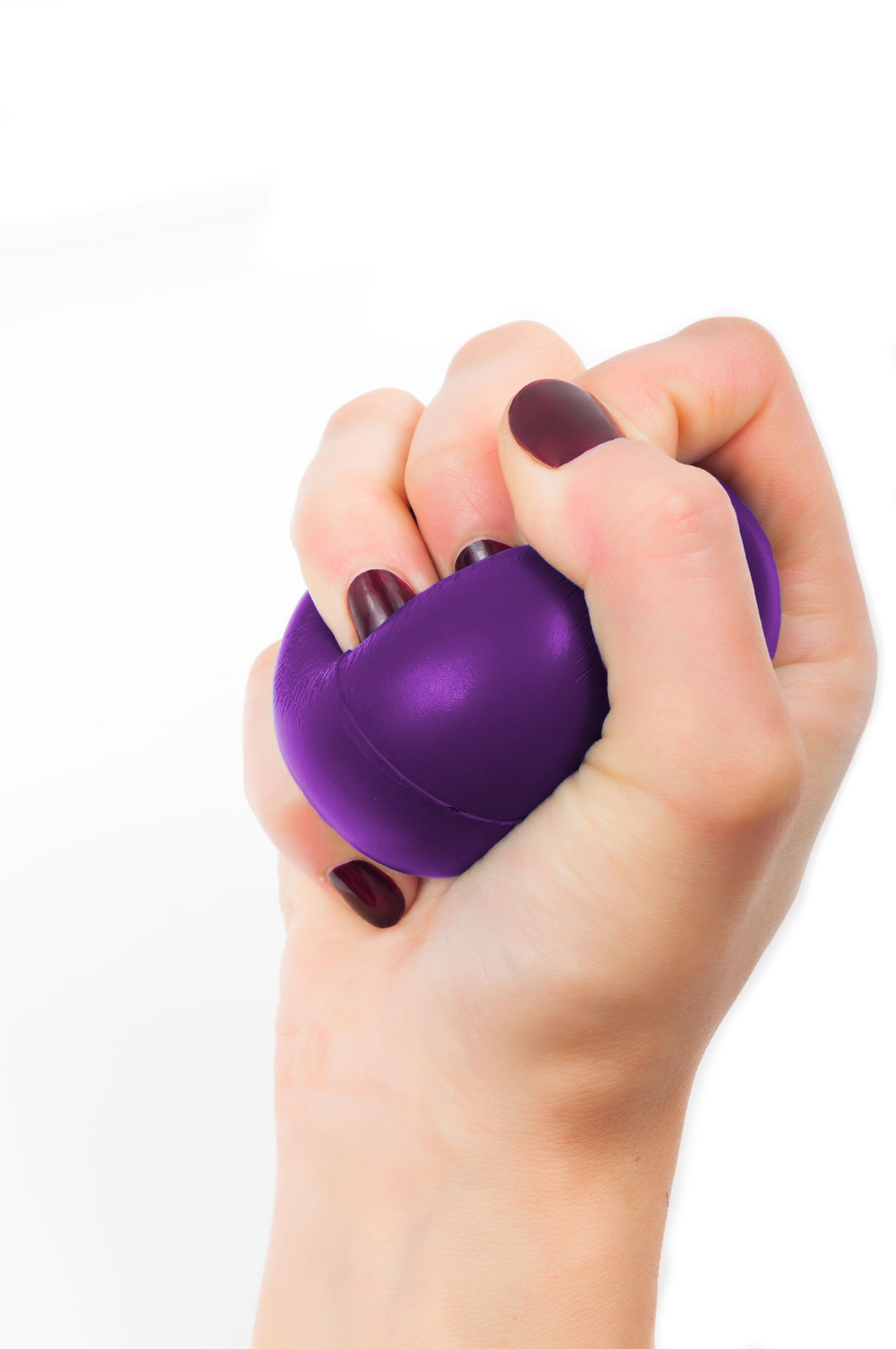 starting their period
starting their period
– stress
– tiredness
– certain foods or drinks
– certain medications
– environmental triggers
You can read more about the causes of migraines HERE.
“My triggers can be the smell of bleach, being dehydrated, pushing myself on a busy day when I’m already exhausted, hot weather and looking at my iPad or reading for too long. Mostly they come on for no apparent reason though.”
“Stay away from bright lights and sunlight. I wear sunglasses all year round when outdoors or for hospital appointments where they have strip lighting.”
“I’ve had migraines since I was a teenager. Mine are definitely hormone-related, so I get one a month for 3-4 days. I don’t think mine have anything to do with autoimmune disease…but it’s all so complicated…so maybe.”
Antiphospholipid syndrome (APS)
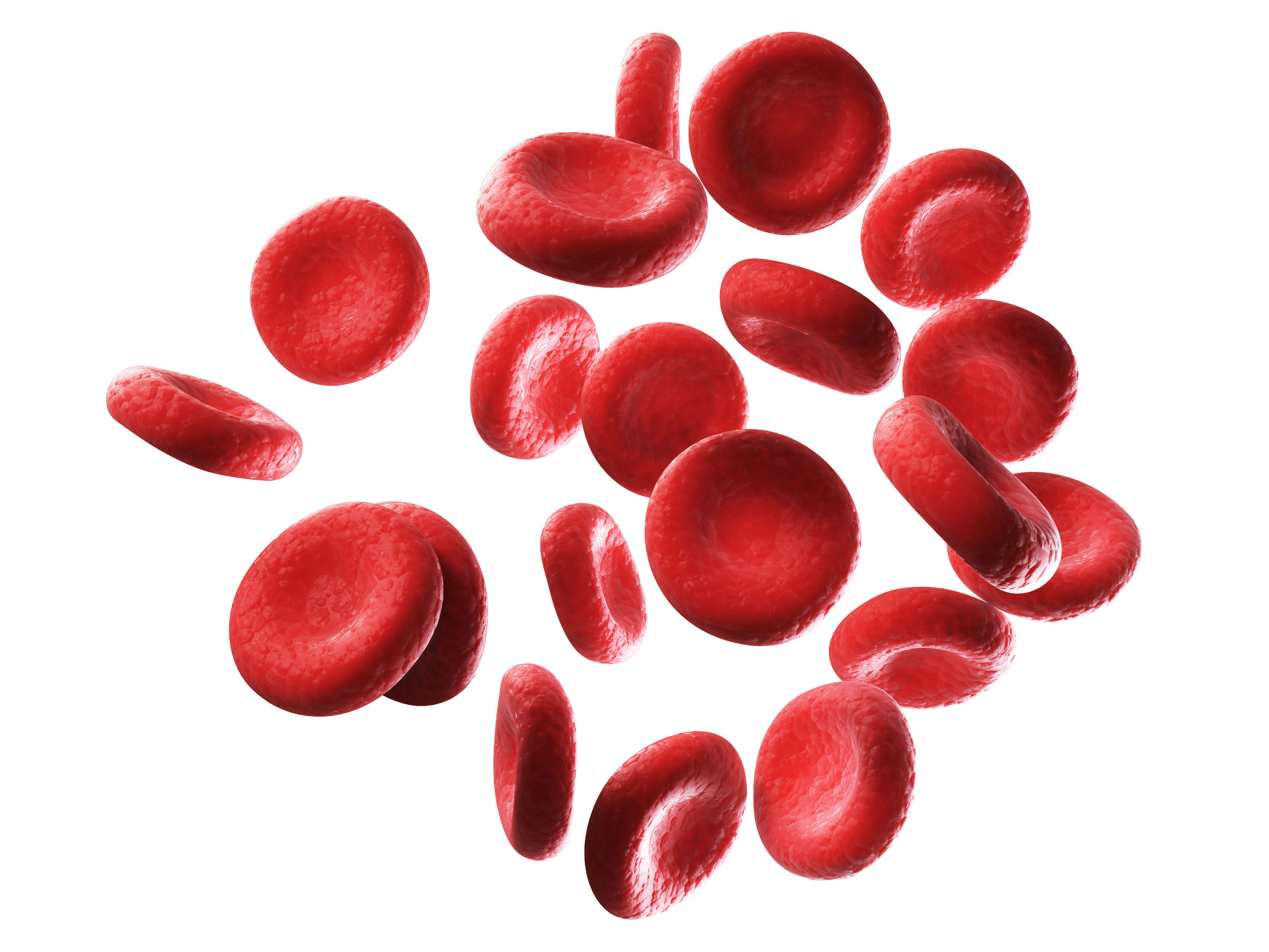 Antiphospholipid syndrome (APS) sometimes known as Hughes syndrome or ‘sticky blood’, is an autoimmune disease which affects the blood and its ability to clot. Between 30% and 50% of people who have SLE will be positive for antiphospholipid antibodies.
Antiphospholipid syndrome (APS) sometimes known as Hughes syndrome or ‘sticky blood’, is an autoimmune disease which affects the blood and its ability to clot. Between 30% and 50% of people who have SLE will be positive for antiphospholipid antibodies.
One of the most common features of APS is recurrent headaches – often migrainous and sometimes accompanied by flashing lights, zigzag patterns, nausea and vomiting. If untreated, the migraines can become increasingly severe and frequent, and sometimes result in hemiplegic migraines which can mimic a transient ischaemic attack (TIA) or stroke.
“I’ve been ill 13 years and have APS too. I know when a migraine is going to happen as I become sensitive to light. The muscles in my eyes then begin aching and then the pain starts shooting into my right eye before it finally reaches into my head. I feel like I’m being electrocuted; it is like a shooting pain in the right side of my head.”
Pseudotumour cerebri
Pseudotumour cerebri (also called benign intracranial hypertension) occurs in around 1% of people who have SLE. It is due to an increase in the pressure of fluid around the brain and spinal cord, causing headaches that are often severe, as well as blurred and double vision. “Pseudo-“ means “false” and “cerebri” means of the brain”. So “pseudotumour cerebri” means “a false tumour of the brain.” In other words, it is a condition that causes some symptoms that are similar to those of a brain tumour, but there is no tumour. Some people who have SLE develop pseduotumour cerebri caused by a blood clot due to antiphospholipid antibodies.
Aseptic meningitis
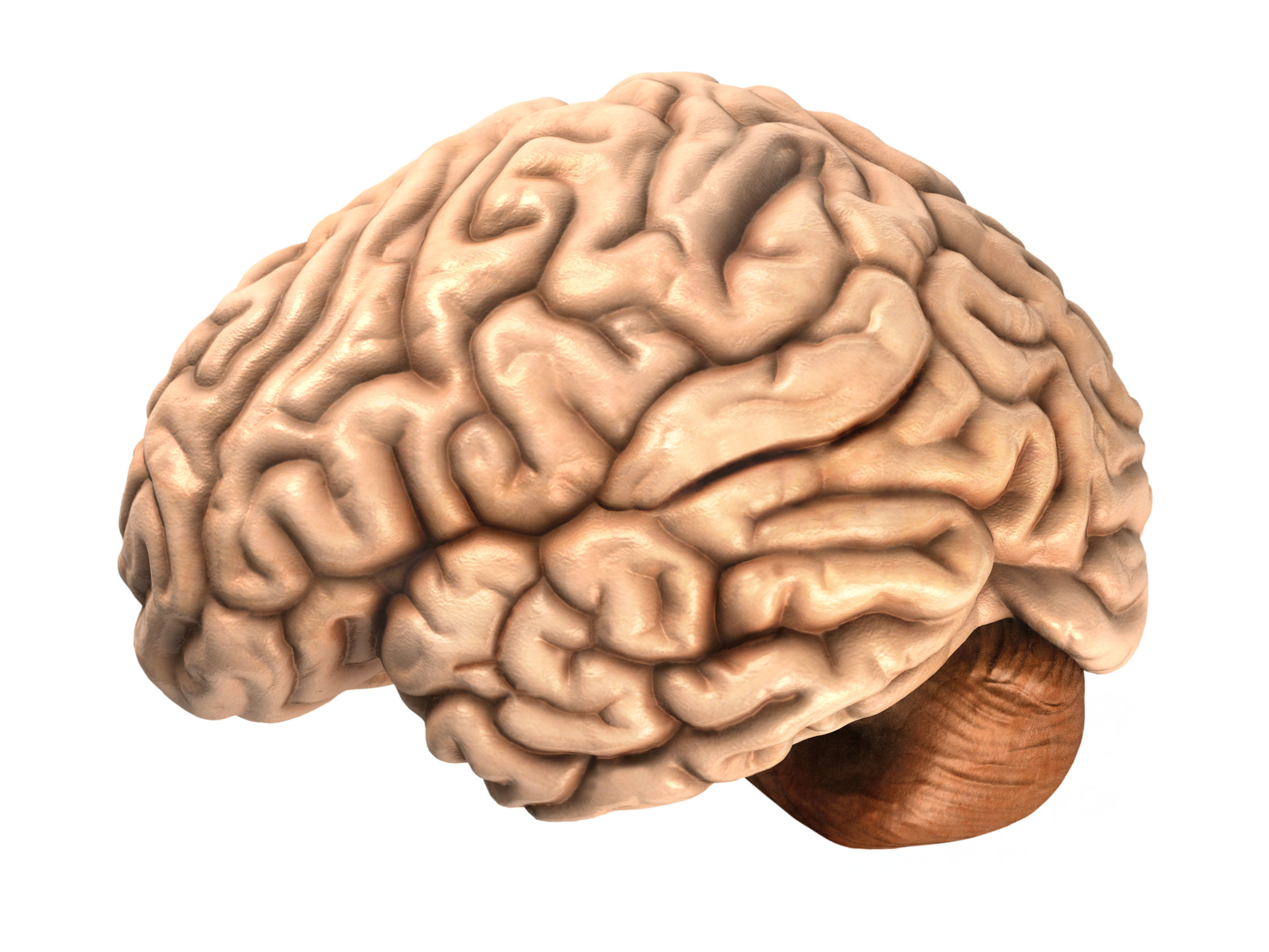 When the meninges (tissues and membranes that envelop the brain and spinal cord) are inflamed it is called meningitis. Meningitis is most commonly the result of an infection (which can be deadly if not identified and treated swiftly). If no bacteria or other microorganisms are found to be the cause of the inflammation then this is called aseptic meningitis (“a-“ means “not” and “septic” means “infectious”). Lupus is one of the possible causes of aseptic meningitis, although it appears to be a very rare manifestation. It can also be caused by medications including non-steroidal anti-inflammatory drugs (NSAIDs) such as ibuprofen and naproxen. It is not known why, but people who have lupus are at an increased risk of this particular side effect from NSAIDs. Many types of viruses can cause aseptic meningitis but fortunately, the vast majority of these are mild infections that resolve on their own.
When the meninges (tissues and membranes that envelop the brain and spinal cord) are inflamed it is called meningitis. Meningitis is most commonly the result of an infection (which can be deadly if not identified and treated swiftly). If no bacteria or other microorganisms are found to be the cause of the inflammation then this is called aseptic meningitis (“a-“ means “not” and “septic” means “infectious”). Lupus is one of the possible causes of aseptic meningitis, although it appears to be a very rare manifestation. It can also be caused by medications including non-steroidal anti-inflammatory drugs (NSAIDs) such as ibuprofen and naproxen. It is not known why, but people who have lupus are at an increased risk of this particular side effect from NSAIDs. Many types of viruses can cause aseptic meningitis but fortunately, the vast majority of these are mild infections that resolve on their own.
Meningitis typically causes headaches, fever, stiffness of the neck, and intolerance of light shining in the eyes. When severe, it can cause difficulty with thinking. It may be difficult to keep the hips and knees straightened while lying down, and patients may find it more comfortable to keep the hips and knees bent. On physical examination, the classic finding is nuchal rigidity (“nuchal” refers to the neck).
“Lupus Headaches”
Around 15% of people with SLE may experience headaches during a severe flare of their lupus. The exact cause of these lupus-related headaches is not understood and the diagnosis of “lupus headaches” involved a careful consideration and ruling out of the other possible causes.
Daniel J.Wallace, M.D. says the following about “lupus headaches” in The Lupus Book;
“[Lupus headaches] seem to coincide with dilation of the cerebral blood vessels, but we still don’t know their cause. Many patients also have antiphospholipid antibodies, whereas others display Raynaud’s phenomenon, which, interestingly, is caused by restriction of the blood supply to the hands and feet. This instability in the tone (ability to dilate or constrict) of the blood vessels, which allows them to be easily altered, may result from a defect in local autonomic nervous system control”.
Is there anything I can do to help prevent triggering a headache/migraine?
One of the best ways of preventing migraines is recognising the things that trigger an attack and trying to avoid them. You may find you tend to have a migraine after eating certain foods or when you’re stressed; by avoiding this trigger you may prevent a migraine.
Keeping a headache/migraine diary can help you identify possible triggers and monitor how well any medication you’re taking is working. The Migraine Trust has a great one you can download and print HERE.
Here are some foods that people reported as triggers for their headaches/migraines;
 “Pringles! I think it’s the MSG or something in them, but after eating so many I feel I can’t move and need to crawl upstairs to bed or be carried!”
“Pringles! I think it’s the MSG or something in them, but after eating so many I feel I can’t move and need to crawl upstairs to bed or be carried!”- “Dark chocolate and red wine.”
- “Strong cheeses, especially a Stilton!”
- “Anything with aspartame causes me grief!”
- “Anything with a lot of citrus. I try to particularly avoid oranges and freshly squeezed juices.”
- “Definitely coffee. I can only drink de-caff now. I experimented a lot before giving it up because I love coffee but unfortunately it had to go.”
–
“After an elimination diet I excluded dairy and my migraines eased. Combined with my daily aspirin they are less frequent but do return when I am under stress, overdoing things or emotionally upset.”
It may also help to maintain a generally healthy lifestyle, including regular exercise, sleep and meals, as well as ensuring you stay well hydrated and limiting your intake of caffeine and alcohol.
“Drink lots of water, sleep as much as possible and eat little and often to keep your blood sugar stable. Missing meals is a trigger for my migraines.”
Here are a few dos and don’ts that may help to prevent some headaches;
|
DO |
DON’T |
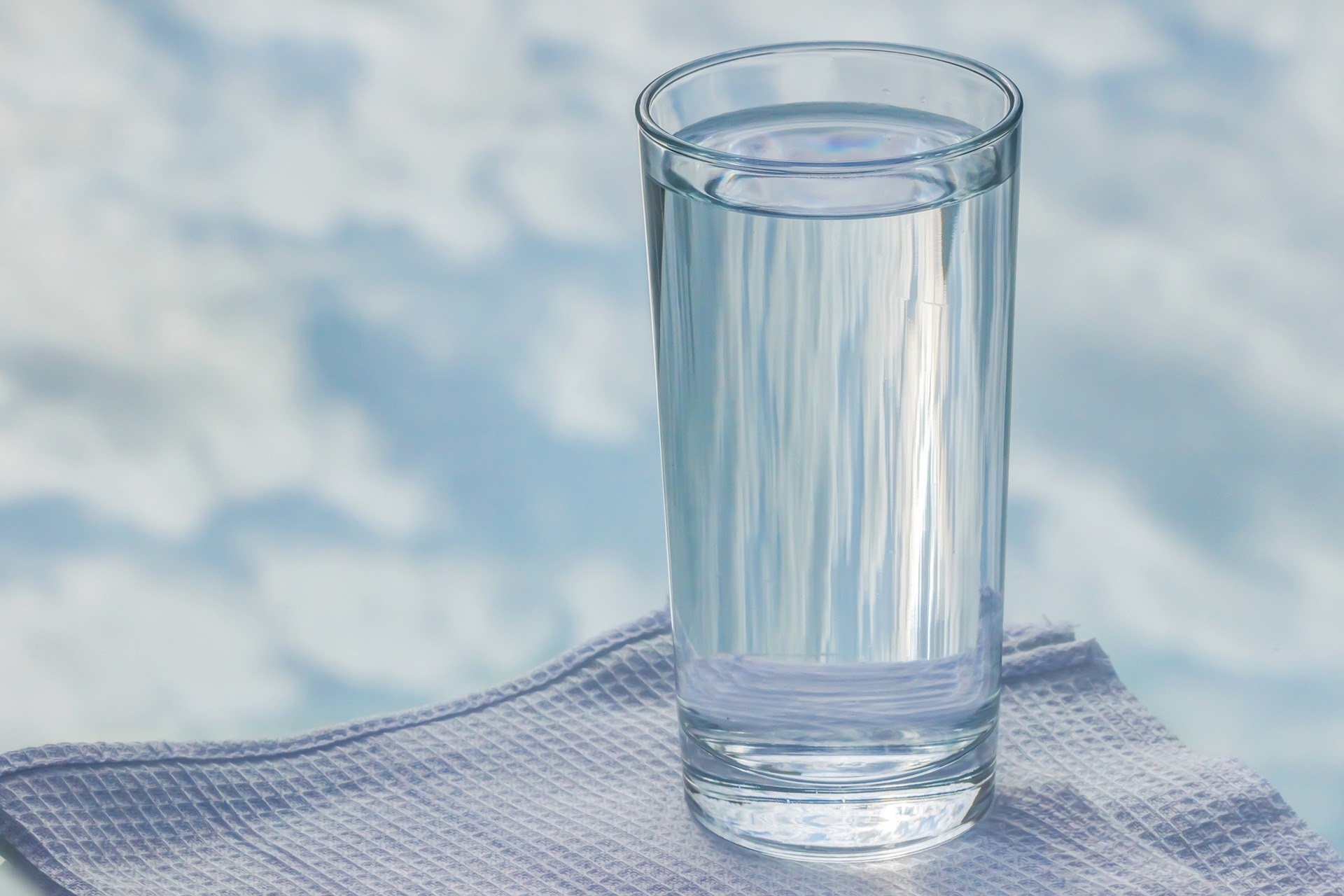 “I have found by drinking at least 1.5 litres of water every day I get fewer headaches and migraines.”
“I have found by drinking at least 1.5 litres of water every day I get fewer headaches and migraines.”
“Most women are deficient in magnesium. A good supplement taken daily is proven to help with migraines, headaches and leg cramps. My headache consultant also backed this up and it has definitely helped.”
“A cousin suggested I have a Daith piercing. I was sceptical; how could a small ear piercing fix what strong painkillers and nerve blocks couldn’t touch!? It’s been four weeks and any headaches I have are minimal and sorted with a couple of painkillers, but I’ve had completely headache-free days too! It’s been the best thing I’ve had done and wish I’d had it done years ago. I would recommend that anyone suffering regularly with headaches tries it.”
When should I see my doctor?
Most headaches will go away on their own and aren’t a sign of something more serious but you should make an appointment with your GP if;
 your headache keeps coming back.
your headache keeps coming back.- painkillers don’t help and your headache gets worse.
- you have a bad throbbing pain at the front or side of your head – this could be a migraine or, more rarely, a cluster headache.
- you feel sick, vomit and find light or noise painful.
- you get other symptoms – for example, your arms or legs feel numb or weak.
–
Any patient with lupus who suffers from headaches should receive a systematic search for known causes including blood pressure checking, an examination of the blood for antiphospholipid antibodies and ultimately, if indicated, a brain scan.
Keeping a headache/migraine diary can be very helpful in assisting your doctor to have a clear picture of your headaches and can be especially important if you experience medication-overuse headaches. By being able to distinguish between the types of headaches the right treatment can be selected.
In some cases when severe headaches are experienced alongside other symptoms it can be a sign of something serious. You should see your GP urgently if you have a severe headache and;
– your jaw hurts when eating.
– you have blurred or double vision.
– your scalp feels sore.
These could be signs that the arteries in your head and neck are inflamed. This needs urgent treatment.
You should call 999 or go to A&E if:
– The headache came on suddenly and is extremely painful.
– You have an extremely painful headache and:
– sudden problems speaking or remembering things.
– loss of vision.
– you’re feeling drowsy or confused.
– you have a very high temperature, feel hot and shivery, and have a stiff neck or a rash.
– the white part of your eye is red.
What treatments and therapies can be used for headaches/migraines?
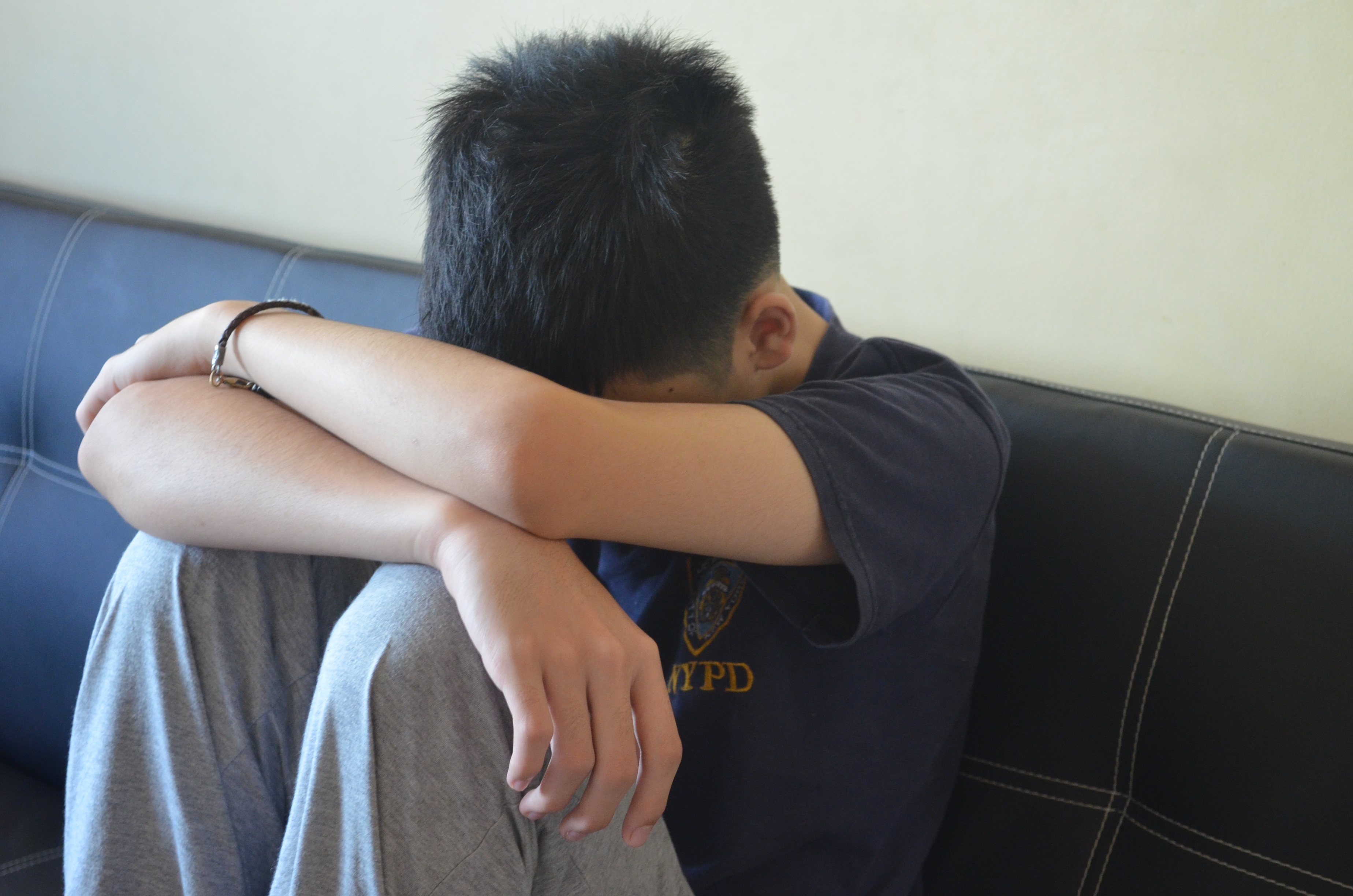 If your headaches/migraines are severe or you’ve tried avoiding possible triggers and are still experiencing symptoms, your GP may prescribe medication to help prevent further attacks.
If your headaches/migraines are severe or you’ve tried avoiding possible triggers and are still experiencing symptoms, your GP may prescribe medication to help prevent further attacks.
“If my migraine is with an aura of dazzling bright lights when possible I will rest for the 30-40 mins it takes for it to wear off. It’s not always possible to lay down in a darkened room but try and find somewhere quiet and wear sunglasses as this helps to rest the eyes.”
It is important for doctors to figure out the type and cause of the headaches/migraines as this will affect what treatment and other recommendations may be given. There are numerous treatment options available for headaches and migraines from conventional medicines to supplements, herbs and other options. You can find a wide range of information about these options HERE.
“I get bad headaches with a flare-up and swear by Kool ’n’ Soothe patches. They really help to ease a painful headache for me. I get them from Tesco.”
“I use a product called 4head. You can get it in a stick that you rub on your temples and forehead, or there’s a patch version where you rest with it placed on your forehead. It cools the areas right down and takes the intensity of the pain away. The smell is relaxing too.”
“I use the Chinese treatment of cupping. I do it myself. I have the plastic ones with the long tube so you can reach and do it yourself. I put them around the top of my back around my shoulders and/or the bottom of my neck; wherever it feels most tense. A few minutes is enough. Without fail the headaches are gone or much-lessened within 20 minutes.”
Migraines
There’s no cure for migraines, but a number of treatments are available to help reduce the symptoms. These include:
- Painkillers – including over-the-counter medications such as paracetamol and ibuprofen.
- Triptans – medications that can help reverse the changes in the brain that may cause migraines.
- Anti-emetics – medications often used to reduce nausea and vomiting.
–
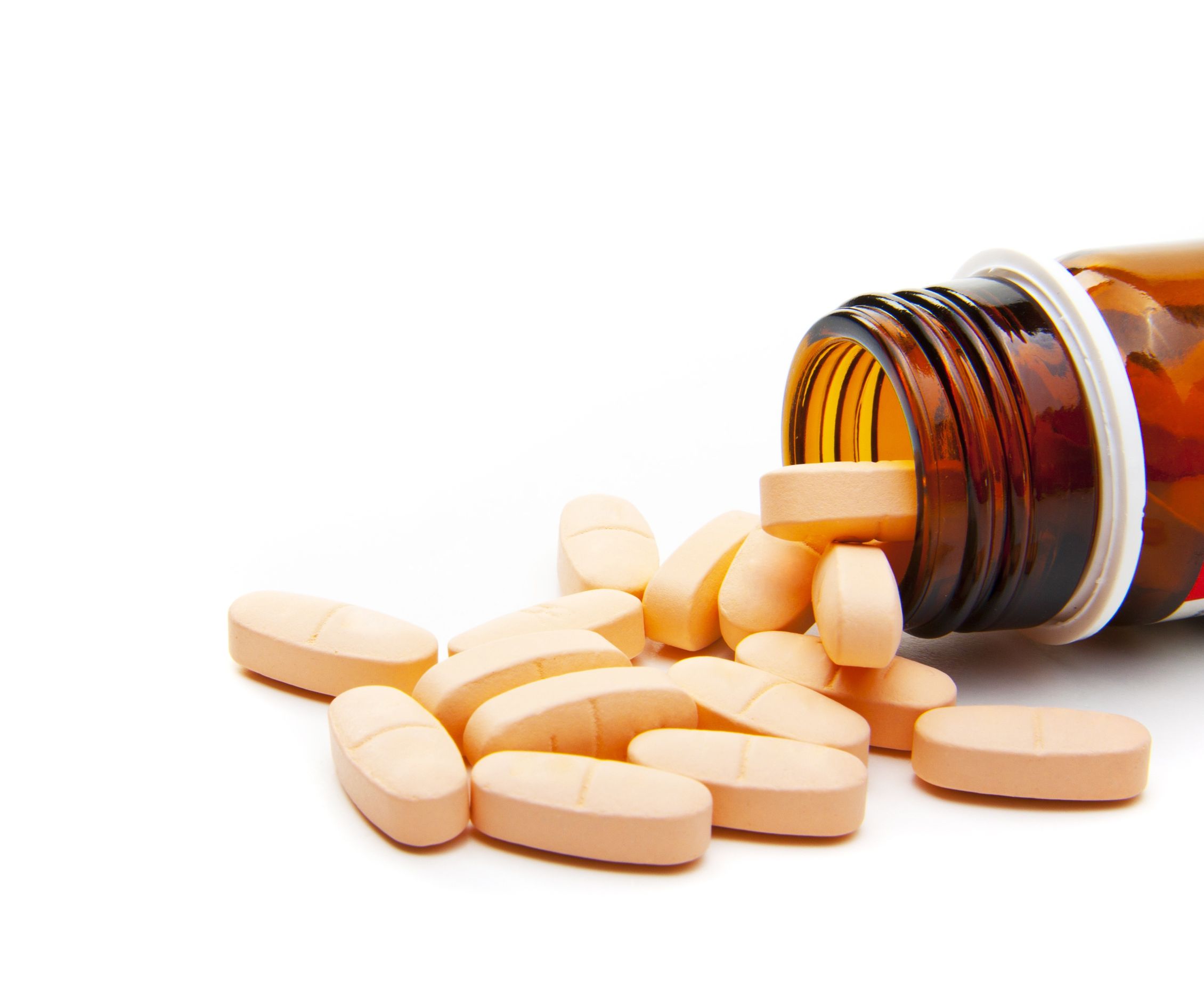 “Anadin Extra is the only thing that works for me. I take two caplets and lay down (if possible) for 30 minutes and I soon feel a lot better and able to cope with the rest of the day.”
“Anadin Extra is the only thing that works for me. I take two caplets and lay down (if possible) for 30 minutes and I soon feel a lot better and able to cope with the rest of the day.”
“I use Imigran Nasal Spray. I’ve found these the only thing that helps. I’ve tried all other pain medication, but nothing touches it. Sometimes even Imigran only takes the edge off a severe migraine (like the ones you wake up with). This is a good medication as it is absorbed into the body immediately.”
“I take almotriptan and just hope it kicks in before the migraine comes on. The side effects of the drugs are pretty awful but it’s better than the migraine.”
“I suffered with strong headaches in the first few years of diagnosis with SLE. I couldn’t hold down a job during that time because of harsh symptoms; visual disturbance, dizziness, and vomiting. I was prescribed Stemetil. In my first pregnancy I was started on aspirin for overlapping APS. I rarely notice the headaches anymore as they’re nowhere near as bad as they used to be and I cope with paracetamol.”
There are also further treatments available to help prevent migraines. You may be prescribed these medicines if you experience very severe migraine attacks, or if your attacks happen frequently. Some of the main medications used to prevent migraines include;
- Topiramate – a medication originally developed to prevent seizures in epilepsy.
- Propranolol – a medically traditionally used to treat angina and high blood pressure.
- Botulinum toxin type A – this neurotoxin (nerve toxin) paralyses muscles and but it’s not exactly clear why it can be effective for migraine.
“I was put on topiramate which works exceedingly well. I find that I don’t have to take it every day anymore but it works quickly when my lupus is acting up or there is a low pressure system coming through; which is the main trigger for my migraines, other than being over-tired/stressed.”
“Lupus headache”
The diagnosis of lupus headache involves a careful consideration and ruling out of other causes of headache by taking a history, performing a physical examination and blood tests, and, if necessary, ordering an MRI scan of the brain.
“Lupus headache” is managed much like conventional migraine in that pain-killers (analgesics), triptans, anti-inflammatories, and vasoconstrictors are used for acute attacks, whereas beta-blockers, anticonvulsants, tricyclic antidepressants, or calcium channel blockers offer a degree of prevention and may sometimes be taken all the time. “Lupus headache”, however, is different from most migraines because patients may dramatically respond to a one-week trial of oral prednisolone daily.
“Azathioprine cut my crippling migraines in half. Also missing hydroxychloroquine even for just a couple of days triggers bad migraines”
Pseudotumour cerebri
Draining some of the cerebrospinal fluid (CSF) from the spinal canal (which also decreases the amount around the brain) is a way to treat and lessen the symptoms of pseudotumour cerebri. Other therapies include treating lupus with steroids and other immunomodulating therapies. In addition, diuretics may be helpful in decreasing the fluid pressure. In more resistant cases, surgery of the eyes can relieve the amount of increased pressure around the brain, usually providing a more permanent treatment. If the pseudotumour cerebri is caused by a blood clot in the brain due to antiphospholipid antibodies it is treated with blood thinners such as warfarin.
Aseptic meningitis
If a person who has lupus develops meningitis, in addition to being treated with antibiotics (in case of bacterial infection), it is also important that any NSAIDs be discontinued in case they are the cause. Fortunately, this cause of meningitis resolves when the NSAID is stopped. The drugs azathioprine and intravenous immunoglobulin (IVIG for short) may also rarely cause aseptic meningitis in people who have lupus. If all other potential causes have been ruled out then it is presumed that the aseptic meningitis is directly due to inflammation from SLE. In that case, the doctor will usually treat it with high doses of steroids.
Further reading
The Migraine Trust
A patient focused, research driven charity that funds research, provides evidence-based information, campaigns for and supports people affected by migraine in the UK.
APS Support UK
The UK charity dedicated to supporting anyone affected by antiphospholipid syndrome (APS), with the aim to achieve earlier diagnosis and better treatment by raising awareness of the condition and helping fund research.
Fibromyalgia Action UK
Fibromyalgia Action UK is a registered charity administered primarily by unpaid volunteers to forward the cause of fibromyalgia.
***Please note that this article is written for informational purposes only and should not be a substitute for professional medical advice or treatment. Do not delay seeking or disregard medical advice based on information here. Always seek the advice of your local family physician or other qualified health professional before starting any new treatment or making any changes to existing treatment. It is also advisable to consult a medical professional before making any changes to diet or starting complementary remedies, which may interact with other medications.***
Thank you so much to everyone who submitted their tips and experiences for this month’s topic. We’re sorry if we weren’t able to use your comment in the article this time.



 ©2024 LUPUS UK (Registered charity no. 1200671)
©2024 LUPUS UK (Registered charity no. 1200671)